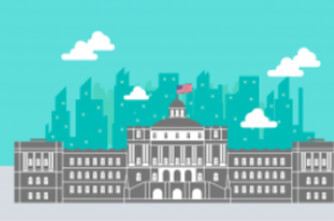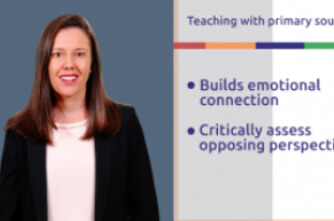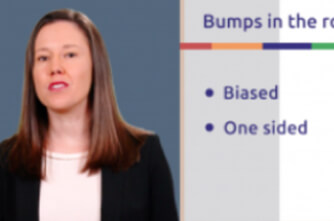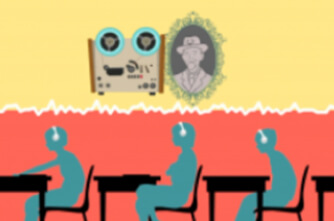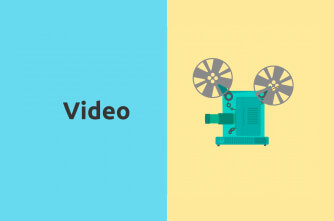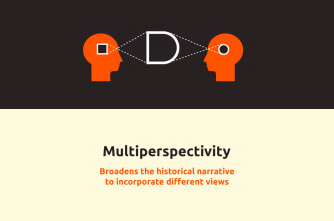Like works of art, primary sources spark our imaginations. Students observe them more closely to pick out key details, critically assess what they find, and craft their own personal responses to the information contained within.
These 21st century skills that go well beyond the social studies.
That is the beauty of primary sources.
They encourage critical thinking across the Curriculum.
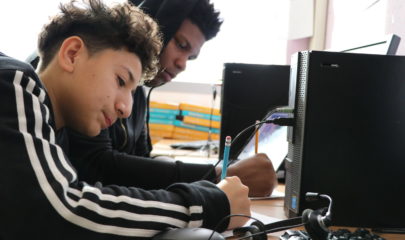
What are Primary Sources?
Primary sources are first person sources; they are a “gateway” into unique topics. These living documents, pictures, and artifacts add context and relevance, and allow students to figure things out on their own. Using them will allow students to critically think about their role in civics, which will lead to authentic change in the future of our political world.
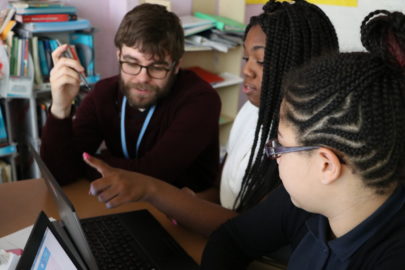
The Advantages of Primary Sources
Teaching with primary sources creates space for both learners and educators to do two things:
Build an emotional connection with history and the people who lived through it.
Unfiltered first-person accounts of historical events make them more real. Primary sources, like works of art, spark our imaginations.
Critically assess opposing perspectives to better understand what actually happened and why
Students observe history more closely to pick out key details, critically assess what they find, and craft their own personal responses to the information contained within.
Professional Development
We have curated a collection of high-quality free interactive games and activities for exploring primary sources from our partner organizations.

